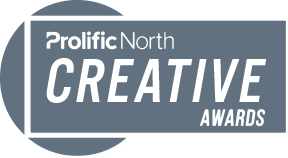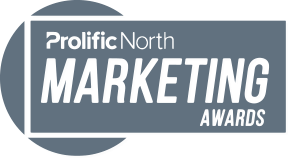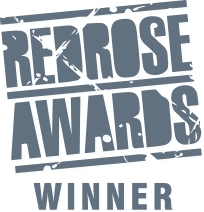Ten years ago Slate ran a piece pondering why fashion and lifestyle magazine covers so rarely feature the colour green:
Cindi Leive, now the editor in chief of Glamour, remembers getting into “an almost physical fight” at Self over a cover that pictured Stephanie Seymour in a dark green sweater. “I liked the cover,” Leive recalled. “But my art director … not only was she screaming, she was screaming in a thick and impassioned Finnish accent and telling me that dark green was the color of death … in Scandinavian mythology, but also on the newsstand.” The end result? Seymour appeared on the cover in a creamy white fisherman’s sweater. […]
If there’s no evidence that green kills newsstand sales, how did this bogus theory take hold? Samir Husni—the chair of the journalism department at the University of Mississippi and a close follower of the magazine industry—offered one clue about the origins of what he called “this urban myth”: He’s heard some retailers speculate that the fluorescent bulbs in stores cast a yellow light that washes out newsstand greens and gives them a feeble, bluish cast. Lynn Staley, assistant managing editor of Newsweek, put forth a more plausible theory: “Like brown, [green] can be tricky to control on press and either one can migrate in the baby poop direction if the printer isn’t careful. It’s a technical consideration, but it may explain an industry-wide allergy to the color.”
The latest Cracked Podcast discusses this trend, and goes on to note how often fast food chains use red in their logos, apparently because this is the colour of urgency and spontaneity (and bad choices)
Colour is a powerful thing. Researchers have found that red pills work better as stimulants, and that orange sleeping pills are less effective than blue ones.
But there isn’t much actual evidence to support the idea that red somehow makes people more hungry, and its use might be more a case of convention than science. Perhaps fast food outlets saw McDonald’s growing wildly and decided to copy their approach. That might explain why McDonald’s itself has changed tack and adopted earthy green tones for their new signage.
This guide to brand colours, and their supposed psychological meanings, by the Logo Company is certainly interesting. But again, it’s mostly supposition. Does the Texaco, Avis or Kmart logo really represent “excitement”, “youthful” and “bold”?
I asked Hotfoot’s Creative Director, Charlie Haywood, for his take on brands and colour: “There are no hard and fast rules. We work with clients to develop a brief and value proposition and the outcome of that will be attributes we want to convey, such as trust, simplicity, happiness and so on. Colour can certainly play a role in this, but it has to work with the other graphical elements. Industry sector conventions can influence decisions, but sometimes it’s good to break convention in order to stand out.”









